Online Class: Disaster Risk Reduction — Preparing for Emergencies

no certificate
with CEU Certificate*
-
15Lessons
-
22Exams &
Assignments -
120Students
have taken this course -
10Hours
average time -
1.0CEUs
Course Description
Mastering Disaster Resilience: Strategies for a Safer Tomorrow
In a world that often seems tumultuous, every news notification might herald a fresh calamity—hurricanes, wildfires, floods, and more. While nature's fury is global, it's not just about the vast expanse of the world outside; it's about the safety of our homes, the wellbeing of our families, and the resilience of our communities. What if you could be better prepared? What if you had the tools to safeguard what you hold dear?
Enter the realm of Disaster Risk Reduction (DRR) - a robust approach tailored to ensure you're not just another statistic in the aftermath of a disaster, but a beacon of hope and strength.
Here's what our course offers:
-
Understanding Disasters: Delve into the anatomy of disasters, understanding their genesis, evolution, and the risks they manifest. We'll unravel how DRR strategies can be your armor against these unpredictable foes.
-
The Environment and DRR Nexus: Our world's health plays a pivotal role in the nature of disasters. Explore how the environment interplays with DRR and how our actions today can shape a safer tomorrow.
-
Harnessing Resources: A deep dive into the pivotal role of resources in disaster scenarios. Learn about their significance, management, and optimal utilization to bolster DRR initiatives.
Emergencies don't send calendar invites; they test our preparedness and resilience. Through "Disaster Risk Reduction in Emergencies," we aim to transform you from a passive observer to a proactive guardian, ready to face challenges head-on.
Are you geared up to fortify yourself and your community against the unpredictable? Dive in and shape a more resilient future!
- Completely Online
- Self-Paced
- 6 Months to Complete
- 24/7 Availability
- Start Anytime
- PC & Mac Compatible
- Android & iOS Friendly
- Accredited CEUs

Course Lessons
Lesson 1. Proactive Strategies for Mitigating Disasters
Disaster Risk Reduction (DRR) involves a strategic approach to mitigate the effects of disasters by analyzing risk factors and vulnerabilities across various aspects such as social, economic, and environmental. Proper implementation of DRR can minimize adverse impacts and enhance safety, making it a crucial component of disaster management.Lesson 2. Emergencies: When Situations Demand Immediate Action
Emergencies often arise from sudden disruptive events necessitating swift action to mitigate threats, while disasters are large-scale destructive phenomena that can trigger emergencies. Understanding their relationship is crucial for implementing effective Disaster Risk Reduction strategies during disaster scenarios.Lesson 3. Disaster Risk and the Environment
Natural disasters, predominantly weather-driven, are occurring with escalating regularity, necessitating their integration into disaster preparedness strategies. This lesson explores environmental causes and effects of disasters, emphasizing the role ecosystems play and how DRR can either harm or protect the environment, alongside community-level preventative strategies.Lesson 4. Earthquakes, Volcanoes, and Landslides: Navigating the World of Geophysical Phenomena
Volcanic eruptions, occurring along tectonic boundaries, can be devastating with pyroclastic flows, ash falls, and extreme heat. The Volcanic Explosivity Index helps measure eruption intensity, while early warning signs aid in prediction.Lesson 5. Hydrological Disasters Unveiled
Tsunamis result from underwater geophysical events causing massive waves that can strike land without prior warning, posing severe threats to coastal communities. Alert systems are vital for detecting such hydrological disasters, as highlighted by the catastrophic 2004 Indian Ocean Tsunami.Lesson 6. Navigating Climatological Challenges
Events like droughts, extremely high or low temperatures, and other abnormal weather conditions are categorized as climatological disasters when they reach dangerous levels. This lesson investigates how climatic changes can exacerbate such disasters and highlights the importance of understanding risk indicators.Lesson 7. The Impact of Meteorological Disasters
Meteorological phenomena, including hurricanes and blizzards, pose significant threats as their frequency and severity are influenced by climate dynamics. Preparatory actions, including securing infrastructure and establishing evacuation procedures, are vital for community resilience.Lesson 8. When Nature Isn't to Blame: The Rise of Man-Made Disasters
Chemical disasters, potentially arising from industrial accidents or natural occurrences, demand immediate emergency response due to the severe risks posed by chemical exposure. Their prevention requires stringent safety protocols in chemical handling to minimize accidents and ensure a swift cleanup in case of spills.Lesson 9. Mastering Risk: Key Prevention Strategies for Disaster Management
The essence of DRR lies in understanding and managing risks by continuously updating prevention measures in response to evolving circumstances. Utilizing frameworks such as the Sendai Framework, communities can enhance preparedness and minimize disaster impact by focusing on education, policies, and adaptive planning.Lesson 10. Guardians of Stability: The Essential Role of Infrastructure
The interplay between infrastructure and disasters underscores the necessity for advanced DRR methods to safeguard and optimize these systems. Prioritizing infrastructure sustainability ensures smoother recovery phases and reduces the likelihood of compounded disasters.Lesson 11. Vital Signs: The Interplay of Health and Disasters
Public health threats during disasters are as critical as physical damage and require comprehensive planning to manage risks like carbon monoxide poisoning and physical injuries. Including health education in emergency strategies reduces the chances of health crises in disaster aftermaths.Lesson 12. Analyzing Vulnerabilities in Disaster Contexts
Disaster risk is a product of hazards, exposure, and vulnerabilities, each contributing to the likelihood and impact of disastrous events. Lesson Twelve emphasizes recognizing and addressing vulnerabilities to enhance preparedness and resilience against disasters.Lesson 13. Understanding the Layers of Disaster Response and Adaptation
Evacuation plans are crucial for disaster response, with both mandatory and optional evacuations being communicated through various alert systems. Challenges such as personal reluctance or accessibility issues must be anticipated and addressed to ensure effective evacuation.Lesson 14. Beyond the Chaos: Strategies for Effective Recovery Planning
Post-disaster recovery is crucial to handling the lingering risks from a disaster, focusing on clean-up and recovery as vital components of disaster risk reduction (DRR). This lesson covers how to manage post-disaster efforts, emphasizing the importance of cost evaluation, resource availability, trauma management, and prioritizing clean-up.Lesson 15. Gathering and Utilizing Key Resources in Emergencies
Effective disaster preparedness involves proactively securing crucial resources to mitigate risks and ensure survival during emergencies. This lesson trains individuals and communities on gathering essentials like food, water, medical supplies, and identifying shelter options for more resilient responses.
Learning Outcomes
- Define disaster risk reduction and identify its key components, including preparation, planning, budgeting, training, and education, in emergency management contexts.
- Demonstrate understanding by designing a basic disaster response plan that incorporates community-specific vulnerabilities and resources to minimize the impact of potential emergencies.
- Demonstrate understanding of the connection between emergencies and disasters by categorizing situations accurately based on given criteria.
- Evaluate the impact of emergency preparedness on disaster risk reduction efforts through analysis of case studies.
- Identify actions communities can take to minimize harmful environmental impacts while implementing disaster risk reduction (DRR) plans, using real-world examples for clarity.
- Recognize the environmental factors that contribute to natural disasters and describe their influence on disaster risk reduction (DRR) strategies.
- Describe the risk factors and geographic locations most susceptible to geophysical disasters, including earthquake-prone areas along tectonic plate boundaries and volcanic regions.
- Recognize the signs of an impending geophysical disaster by identifying seismic or volcanic activity indicators such as ground shaking, increased gas emissions, or temperature changes.
- Analyze the environmental and geographical factors that increase the risk of hydrological disasters, including location proximity to bodies of water and insufficient drainage systems.
- Define the term 'hydrological disaster' and identify various types of events that are classified under this category, such as floods and tsunamis.
- Analyze historical climate data to determine potential risk factors and signs of developing climatological disasters in specific regions.
- Identify and describe at least three types of climatological disasters and their potential impact on human populations and the environment.
- Define and describe the characteristics of meteorological disasters and explain their classification as either meteorological or hydro-meteorological events.
- Demonstrate mastery of lesson content at levels of 70% or higher.
Additional Course Information

- Document Your Lifelong Learning Achievements
- Earn an Official Certificate Documenting Course Hours and CEUs
- Verify Your Certificate with a Unique Serial Number Online
- View and Share Your Certificate Online or Download/Print as PDF
- Display Your Certificate on Your Resume and Promote Your Achievements Using Social Media

Choose Your Subscription Plan
No Certificate / No CEUs
This course only
| Includes certificate | X |
| Includes CEUs | X |
| Self-paced |

|
| Instructor support |

|
| Time to complete | 6 months |
| No. of courses | 1 course |
Certificate & CEUs
This course only
| Includes certificate |

|
| Includes CEUs |

|
| Self-paced |

|
| Instructor support |

|
| Time to complete | 6 months |
| No. of courses | 1 course |
Certificates & CEUs
Includes all 600+ courses
| Includes certificate |

|
| Includes CEUs |

|
| Self-paced |

|
| Instructor support |

|
| Time to complete | 12 Months |
| No. of courses | 600+ |
Certificates & CEUs
Includes all 600+ courses
| Includes certificate |

|
| Includes CEUs |

|
| Self-paced |

|
| Instructor support |

|
| Time to complete | 24 Months |
| No. of courses | 600+ |
Related Courses
-
 7 hours
0.7 CEUs
Business Law for Entrepreneurs
+ More Info
7 hours
0.7 CEUs
Business Law for Entrepreneurs
+ More Info
-
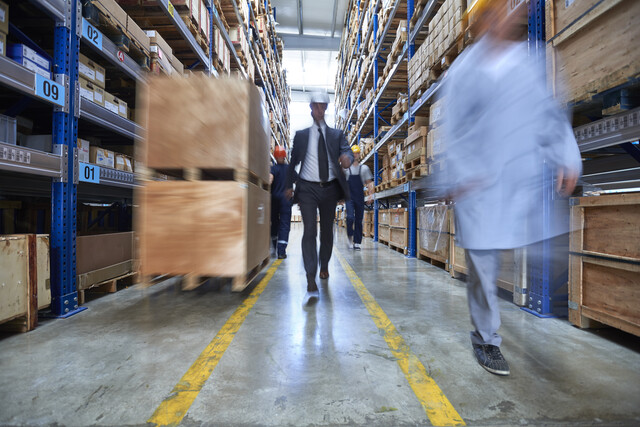 2 hours
0.2 CEUs
Purchasing and Vendor Management 101
+ More Info
2 hours
0.2 CEUs
Purchasing and Vendor Management 101
+ More Info
-
 4 hours
0.4 CEUs
Launching Your Home Daycare Business
+ More Info
4 hours
0.4 CEUs
Launching Your Home Daycare Business
+ More Info
-
 5 hours
0.5 CEUs
Recruitment and Retention Strategies
+ More Info
5 hours
0.5 CEUs
Recruitment and Retention Strategies
+ More Info
-
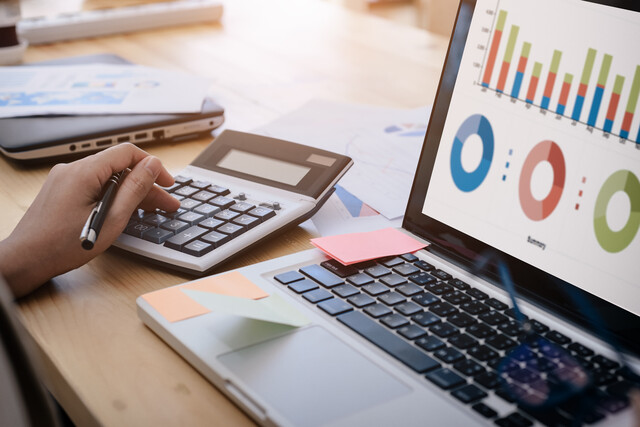 4 hours
0.4 CEUs
Business Budgeting 101: How to Plan, Save, and Manage
+ More Info
4 hours
0.4 CEUs
Business Budgeting 101: How to Plan, Save, and Manage
+ More Info
-
 8 hours
0.8 CEUs
Creating a Positive Work Environment
+ More Info
8 hours
0.8 CEUs
Creating a Positive Work Environment
+ More Info
-
 9 hours
0.9 CEUs
Introduction to Six Sigma
+ More Info
9 hours
0.9 CEUs
Introduction to Six Sigma
+ More Info
-
 4 hours
0.4 CEUs
Understanding Workers' Compensation
+ More Info
4 hours
0.4 CEUs
Understanding Workers' Compensation
+ More Info
-
 5 hours
0.5 CEUs
Running Effective Meetings
+ More Info
5 hours
0.5 CEUs
Running Effective Meetings
+ More Info
-
 3 hours
0.3 CEUs
Problem Solving Strategies
+ More Info
3 hours
0.3 CEUs
Problem Solving Strategies
+ More Info
-
 8 hours
0.8 CEUs
Decision Making Skills
+ More Info
8 hours
0.8 CEUs
Decision Making Skills
+ More Info
-
 4 hours
0.4 CEUs
Managing Virtual Employees
+ More Info
4 hours
0.4 CEUs
Managing Virtual Employees
+ More Info
-
 6 hours
0.6 CEUs
Managing Difficult Employees
+ More Info
6 hours
0.6 CEUs
Managing Difficult Employees
+ More Info
-
 7 hours
0.7 CEUs
Lean Management
+ More Info
7 hours
0.7 CEUs
Lean Management
+ More Info
-
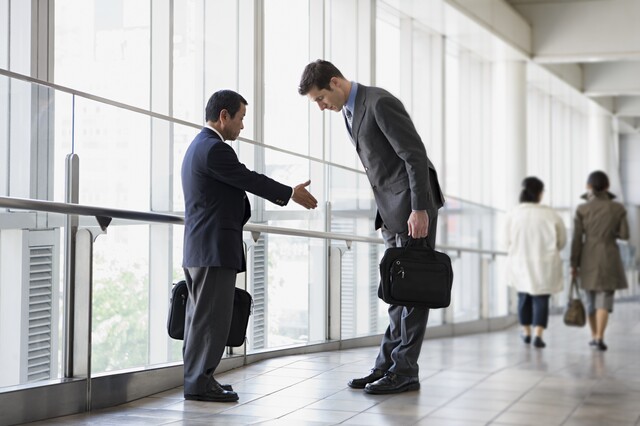 5 hours
0.5 CEUs
Business Etiquette
+ More Info
5 hours
0.5 CEUs
Business Etiquette
+ More Info
-
 8 hours
0.8 CEUs
Restaurant Management Mastery
+ More Info
8 hours
0.8 CEUs
Restaurant Management Mastery
+ More Info
-
 5 hours
0.5 CEUs
Workplace Safety
+ More Info
5 hours
0.5 CEUs
Workplace Safety
+ More Info
-
 8 hours
0.8 CEUs
Strategic Planning
+ More Info
8 hours
0.8 CEUs
Strategic Planning
+ More Info
-
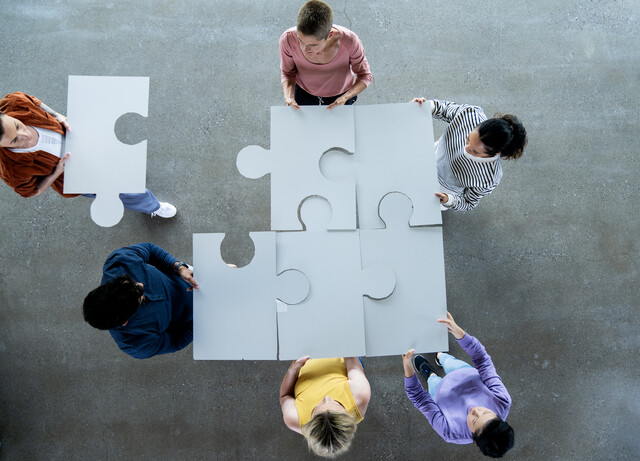 5 hours
0.5 CEUs
Team Building 101
+ More Info
5 hours
0.5 CEUs
Team Building 101
+ More Info
-
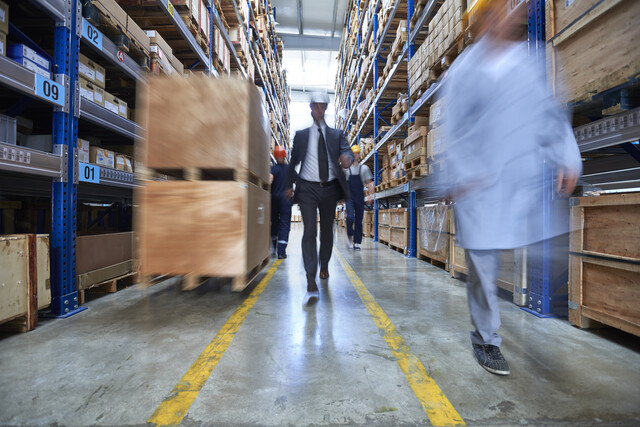 7 hours
0.7 CEUs
Organizational Behavior in Business
+ More Info
7 hours
0.7 CEUs
Organizational Behavior in Business
+ More Info
-
 5 hours
0.5 CEUs
Operations Management 101
+ More Info
5 hours
0.5 CEUs
Operations Management 101
+ More Info
-
 7 hours
0.7 CEUs
Respectful International Workplace
+ More Info
7 hours
0.7 CEUs
Respectful International Workplace
+ More Info
-
 6 hours
0.6 CEUs
Fair Standards Labor Act and the Workforce
+ More Info
6 hours
0.6 CEUs
Fair Standards Labor Act and the Workforce
+ More Info
-
 7 hours
0.7 CEUs
Employment Law Fundamentals
+ More Info
7 hours
0.7 CEUs
Employment Law Fundamentals
+ More Info



